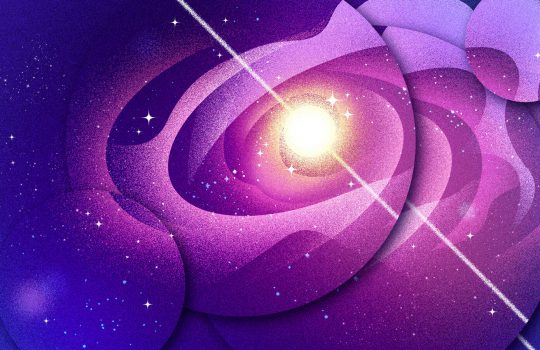Massive caverns for DUNE neutrino project nearly excavated
South Dakota Public Radio, Dec. 20, 2023
The major part of the excavation of the caverns for the Long Baseline Neutrino Facility at SURF is nearing completion. The caverns will house the very large detectors for the Deep Underground Neutrino Experiment in Lead, South Dakota.


